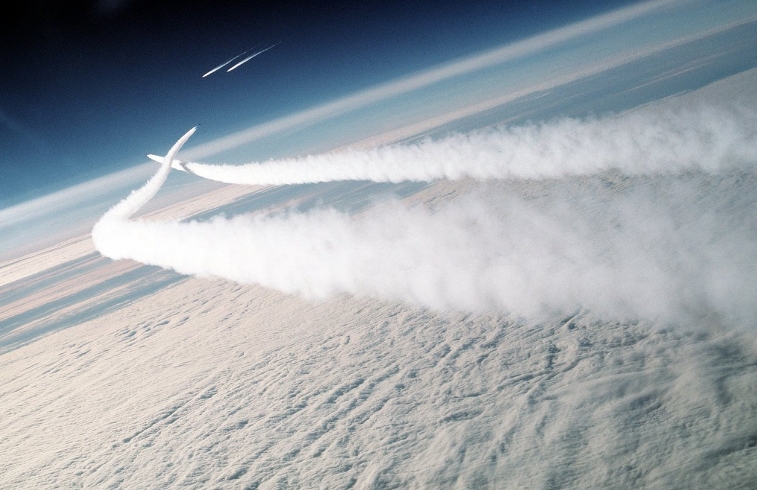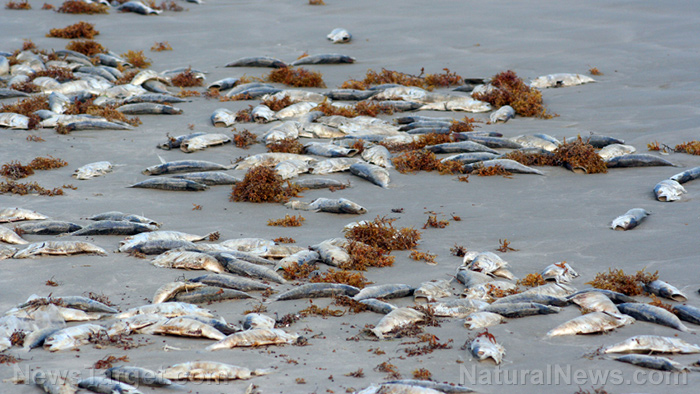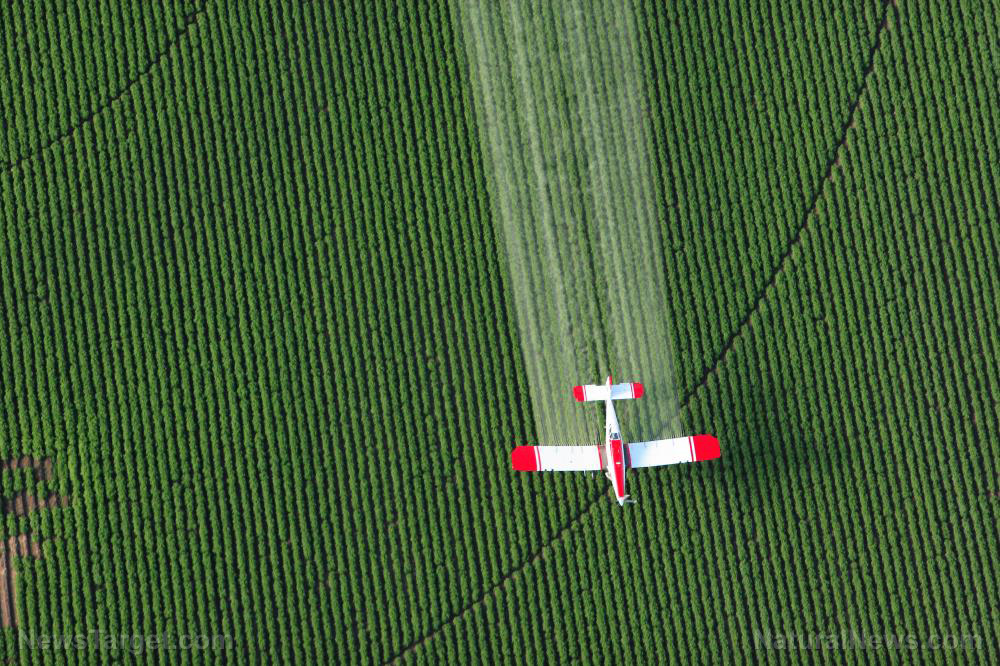WEATHER CONTROL: Iran accuses Israel, UAE of using cloud seeding technology to STEAL RAIN
09/02/2022 / By Arsenio Toledo

Iranian officials are accusing Israel, the United Arab Emirates (U.A.E.) and their other enemies in the Middle East of using geoengineering warfare technology to deprive Iran of its water resources.
This is not the first time Iranian officials have accused other countries of turning to geoengineering to attack their country. In 2018, amid a searing drought and a worsening heatwave, some senior officials claimed that Israel and its other enemies were stealing valuable water resources from the clouds.
“Both Israel and another country – the U.A.E. – are working to make Iranian clouds not rain,” claimed Brig. Gen. Gholam Reza Jalali, a senior military officer of the Islamic Revolutionary Guard Corps, in a 2018 speech.
At the time, the U.A.E. had embarked on an ambitious cloud seeding program by injecting chemicals such as silver iodide into clouds to try to force precipitation. These kinds of weather control programs are becoming more common as more regions around the world experience droughts. (Related: China turns to weather modification to combat record drought, deploys drones for cloud seeding.)
In just a few years, the U.A.E.’s cloud seeding program turned it into “the unquestioned regional leader” in weather manipulation throughout the Middle East and North Africa.
Temperatures in the Middle East have been rising much faster than the world average these past three decades. Droughts are predicted to come with greater frequency and severity, and precipitation levels are expected to decrease.
Other nations in Middle East and Africa starting cloud seeding programs
Amid the stark weather forecasts, countries like Iran, Israel and the U.A.E. are looking to find new ways to increase rainfall, which is why they and other nations have turned to weather control programs like cloud seeding.

“Wealthy countries like the Emirates are pumping hundreds of millions of dollars into the effort,” noted Alissa Rubin for the New York Times. “Other nations are joining the race, trying to ensure that they do not miss out on their fair share of rainfall before others drain the heavens dry – despite serious questions about whether the technique generates enough rainfall to be worth the effort and expense.”
Aside from Israel and the U.A.E., Morocco and Ethiopia also have cloud seeding programs. Saudi Arabia has also started its own large-scale initiative, and many other Middle Eastern and African nations that experience very little precipitation are considering jumping in.
Israel, one of the earliest pioneers of cloud seeding in the region, halted its 50-year-old weather manipulation program in 2021 after the University of Tel Aviv said it was “not economically efficient.”
Meanwhile, the U.A.E. has defended its cloud seeding program, claiming its efforts at generating rain are working, thanks in part to a new substance that uses nanotechnology developed at the Khalifa University in Abu Dhabi.
U.A.E. residents use about 147 gallons of water a day, more than triple the global average of 47 gallons. Through cloud seeding and expensive desalination plants, the country is able to meet its vastly outsized water needs. The country is looking to expand its cloud seeding program to save costs.
Other experts have warned about how dangerous it is to try and tamper with the weather. Cloud seeding was responsible for the massive floods in Dubai in the summer of 2019.
“You can modify a cloud, but you can’t tell it what to do after you modify it,” noted James Fleming, an atmospheric scientist at Colby College in Maine. “It might snow, it might dissipate. It might go downstream, it might cause a storm.”
Read more stories about geoengineering and weather manipulation at Geoengineering.news.
Watch this video asking whether there is a chance to recover from engineered drought.
This video is from the Absolute Surrender channel on Brighteon.com.
More related articles:
Government-approved weather manipulation led to 1952 Lynmouth flash floods.
Sources include:
Submit a correction >>
Tagged Under:
This article may contain statements that reflect the opinion of the author



















